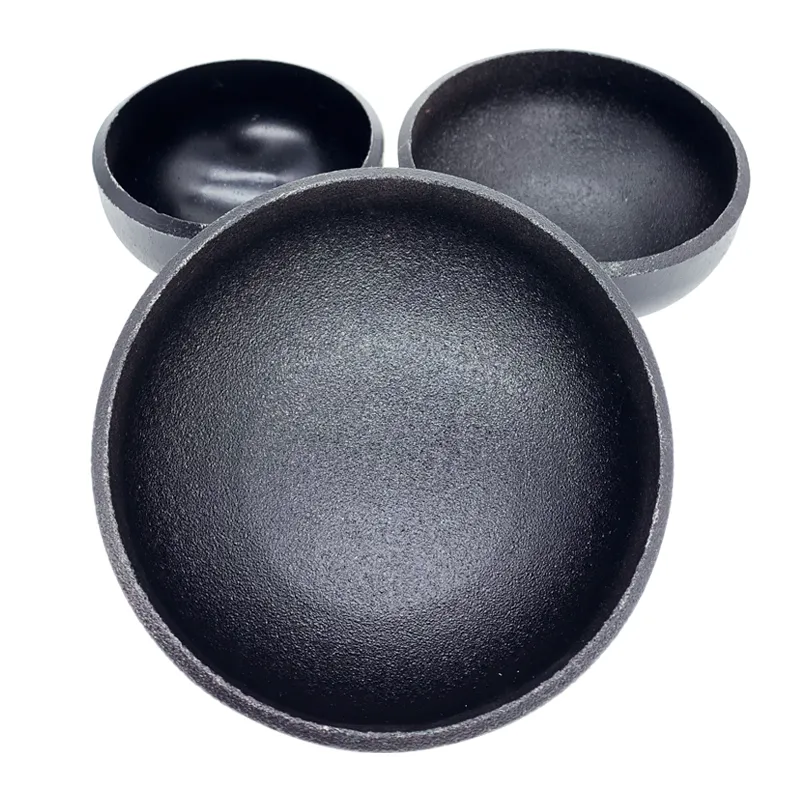-
Cangzhou Yulong Steel Co., Ltd.
-
Phone:
+86 13303177267 -
Email:
admin@ylsteelfittings.com
- English
- Arabic
- Italian
- Spanish
- Portuguese
- German
- kazakh
- Persian
- Greek
- French
- Russian
- Polish
- Thai
- Indonesian
- Vietnamese
- Zulu
- Korean
- Uzbek
- Hindi
- Serbian
- Malay
- Ukrainian
- Gujarati
- Haitian Creole
- hausa
- hawaiian
- Hebrew
- Miao
- Hungarian
- Icelandic
- igbo
- irish
- Japanese
- Javanese
- Kannada
- Khmer
- Rwandese
- Afrikaans
- Albanian
- Amharic
- Armenian
- Azerbaijani
- Basque
- Belarusian
- Bengali
- Bosnian
- Bulgarian
- Catalan
- Cebuano
- China
- China (Taiwan)
- Corsican
- Croatian
- Czech
- Danish
- Esperanto
- Estonian
- Finnish
- Frisian
- Galician
- Georgian
- Kurdish
- Kyrgyz
- Lao
- Latin
- Latvian
- Lithuanian
- Luxembourgish
- Macedonian
- Malgashi
- Malayalam
- Maltese
- Maori
- Marathi
- Mongolian
- Myanmar
- Nepali
- Norwegian
- Norwegian
- Occitan
- Pashto
- Dutch
- Punjabi
- Romanian
- Samoan
- Scottish Gaelic
- Sesotho
- Shona
- Sindhi
- Sinhala
- Slovak
- Slovenian
- Somali
- Sundanese
- Swahili
- Swedish
- Tagalog
- Tajik
- Tamil
- Tatar
- Telugu
- Turkish
- Turkmen
- Urdu
- Uighur
- Welsh
- Bantu
- Yiddish
- Yoruba

Sep . 08, 2024 06:38 Back to list
Plate Flange Standard Specifications
Understanding the Plate Flange Standard An Overview
In the realm of engineering and manufacturing, the use of flanges is pivotal for assembling pipes, valves, pumps, and other components. Among the various types of flanges, plate flanges are particularly significant due to their versatile applications in different industries, including oil and gas, water treatment, and power generation. The plate flange standard is a crucial guideline that defines the dimensions, tolerances, and materials for these flanges, ensuring consistency and safety across various applications.
A plate flange is typically a flat piece of material that forms a rim or border around an opening in a pipe system. This design allows for easy attachment to other components using bolts, facilitating secure and leak-proof connections. The plate flange standard outlines key factors, including size, thickness, pressure ratings, and the specific materials that can be used in manufacturing flanges.
One of the main standards used in defining plate flanges is the American National Standards Institute (ANSI) specification. ANSI provides detailed dimensional tables for different flange sizes, which help engineers and manufacturers select the appropriate flange for their specific application. This includes information on bolt holes, flange thickness, and outer diameter, which are crucial for ensuring compatibility with existing systems.
Additionally, the European Norm (EN) standards, such as EN 1092-1, also govern flange dimensions and materials within Europe, providing alternative guidelines that cater to regional requirements. These standards ensure that flanges meet performance and safety criteria, thus supporting international trade and interoperability among different systems.
plate flange standard

Material selection is another vital aspect of the plate flange standard. Flanges must withstand various stresses and pressures, making the choice of material critical. Common materials include carbon steel, stainless steel, and various alloys, each chosen based on factors such as temperature, pressure, and the chemical properties of the substances they will encounter. By adhering to the material specifications laid out in the standards, manufacturers can ensure the durability and reliability of flanges in their applications.
The plate flange standard also addresses the surface finish of flanges, which is essential for sealing capabilities. Different types of sealing surfaces, such as raised face, flat face, and ring-type joint, are specified based on the intended application and the necessary sealing requirements. These surface finish guidelines help mitigate the risk of leaks and ensure a secure connection between components.
Implementation of the plate flange standard offers numerous benefits. Firstly, it promotes safety by minimizing the risk of failure under pressure, which is critical in high-stakes environments like oil and gas exploration. Secondly, it simplifies the procurement process, allowing engineers to select compatible components swiftly. Lastly, adhering to these standards aids in compliance with regulatory requirements, thereby enhancing the credibility of manufacturers and their products.
In conclusion, the plate flange standard serves as a foundational guideline that ensures the safe, effective, and consistent use of flanges in various industrial applications. By understanding and adhering to these standards, engineers and manufacturers can enhance their designs, optimize their processes, and ultimately contribute to safer and more efficient systems in today’s complex engineering landscape. As industries continue to advance, the importance of such standards will only grow, further cementing their role in achieving operational excellence.
Latest news
-
ANSI 150P SS304 SO FLANGE
NewsFeb.14,2025
-
ASTM A333GR6 STEEL PIPE
NewsJan.20,2025
-
ANSI B16.5 WELDING NECK FLANGE
NewsJan.15,2026
-
ANSI B16.5 SLIP-ON FLANGE
NewsApr.19,2024
-
SABS 1123 FLANGE
NewsJan.15,2025
-
DIN86044 PLATE FLANGE
NewsApr.19,2024
-
DIN2527 BLIND FLANGE
NewsApr.12,2024
-
JIS B2311 Butt-Welding Fittings LR/SR 45°/90° /180°Seamless/Weld
NewsApr.23,2024











